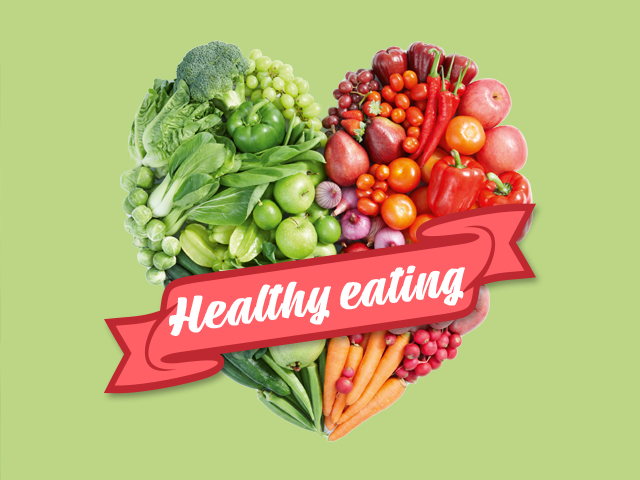By: Susan Bowerman, M.S., RD, CSSD, CSOWM, FAND – Sr. Director, Worldwide Nutrition Education and Training, Sponsored by Herbalife Nutrition
Now more than ever, our health should be a top priority. This means making mindful choices to nurture our bodies rather than choices that can result in us being overfed and yet undernourished.
To ensure a healthy, balanced diet that supports the immune system, start by taking note of the essential nutrients you may be lacking.
Nutrients We Need More Of
Fiber
Certain fibers encourage the growth of “good” bacteria in your digestive tract, which support immunity because they serve as an initial line of defense by crowding out potentially harmful bacteria that might enter the digestive tract.
Magnesium
While it’s not a mineral we typically think about, magnesium supports the health of your immune and nervous systems, supports muscle function, and assists your cells in producing energy.
Vitamin D
Your bones need vitamin D since it helps your body absorb calcium from your diet. Vitamin D is also needed for proper muscle function and supports the activity of the immune system.
Potassium
This mineral supports the function of nerves and muscles and helps regulate blood pressure. Potassium also supports chemical reactions in the body that generate energy from food.
Iron
Iron is needed to make hemoglobin, a protein that transports oxygen to cells and tissues. If you do not have enough iron, your body cannot make adequate hemoglobin, which may make you feel weak or tired.
Where Can You Get Those Nutrients?
If you plan ahead and know exactly what you’re getting, your trip to the grocery store will be shorter and more effective.
Stock up on these types of foods:
Dry goods like oatmeal, lentils, and whole-grain pastas and cereals can be great sources of fiber, iron, and magnesium. Some cereals are also fortified with vitamin D. Ensure that you’re buying “whole grain” to get the full benefit, so read labels carefully. Fruits and vegetables are great sources of fiber and potassium, and deep orange fruits and veggies are a great source of beta-carotene, which helps protect the health of the skin – the body’s first line of defense against infection. Vegetables and fruits are also packed with minerals and vitamins. Frozen fruits and veggies pack the same nutritional punch as their fresh counterparts and are convenient to add to yogurt and smoothies, or soups and stews. Fermented foods provide beneficial probiotics (the “good bacteria”) to the digestive system. Some fermented foods, like tempeh or Greek yogurt, are also excellent sources of plant-based protein (and yogurt is a great source of calcium and vitamin D). Canned items can be a lifesaver and have a long shelf life. Choose low sodium options and stock up on foods like tomatoes (sauce, diced or paste), beans, tuna, salmon, sardines, corn, and pumpkin. Vegetables supply plenty of potassium and fiber, and beans are a great source of magnesium.
Tips for Cooking Food
Lightly wash but don’t soak your fruits and vegetables. Keep the skins and peels of fruits and vegetables since they’re good sources of vitamins, minerals, and fiber. Watch what you cut away. There’s more vitamin C and calcium in broccoli stems than the florets, more nutrients in asparagus stalks than the tips. The hard center core of a pineapple has the highest concentration of bromelain, a natural enzyme which aids digestion. A tiny amount of healthy fat helps with the absorption of beneficial carotenoids found in many fruits and veggies so a few slices of avocado in your spinach salad or a little olive oil in your tomato sauce will boost your uptake.
What About Leftovers? An easy way to remember food storage guidelines is simple: two hours, two inches, four days – the numbers make up the “2-2-4 rule.”
Two hours is how long foods can safely stay at room temperature after you’ve taken them out of the oven or off the grill – or, in the case of cold foods, how long they can safely stay out of the refrigerator or cooler. Once the time limit is reached, they should be refrigerated or frozen.
The two-inch rule means that you should store leftover foods in shallow containers – no more than two inches thick – so they can cool evenly and quickly.
Lastly, you should use your refrigerated leftovers within four days – otherwise, you should toss them out. |

